News: We are launching very soon, become our early user (Free of Cost)
News: We are launching very soon,
become our early user (Free of Cost).
Sectors / Agriculture
With a focus on precision agriculture, our suite of assessments utilizes geospatial data and computer vision to optimize crop management, monitor soil health, and forecast yields, empowering farmers to make data-driven decisions and maximize productivity sustainably.
Preparation
Sowing
Manuring
Irrigation
Harvest
Farmers prepare the land by plowing, leveling, and incorporating organic matter to create optimal soil conditions for planting
Seeds are carefully planted at the right depth and spacing to ensure proper germination and healthy crop growth.
Organic or inorganic fertilizers are applied to enrich the soil with essential nutrients, promoting robust plant development.
Crops are regularly watered using various irrigation methods to maintain adequate soil moisture for optimal growth.
Mature crops are harvested at the right time to ensure maximum yield and quality, using appropriate techniques and equipment
Site Suitability Analysis
Use spatiosynth to evaluate and map suitable areas for agriculture based on factors such as soil type, climate, and topography.

Soil Analysis
Employ remote sensing and machine learning to assess soil properties like moisture content, nutrient levels, and texture for optimal crop selection.

Farm Boundary Detection
Use Spatiosynth to accurately delineate farm boundaries for efficient land management.

NDVI
Utilize remote sensing to monitor vegetation health and growth potential, aiding in precise sowing strategies.
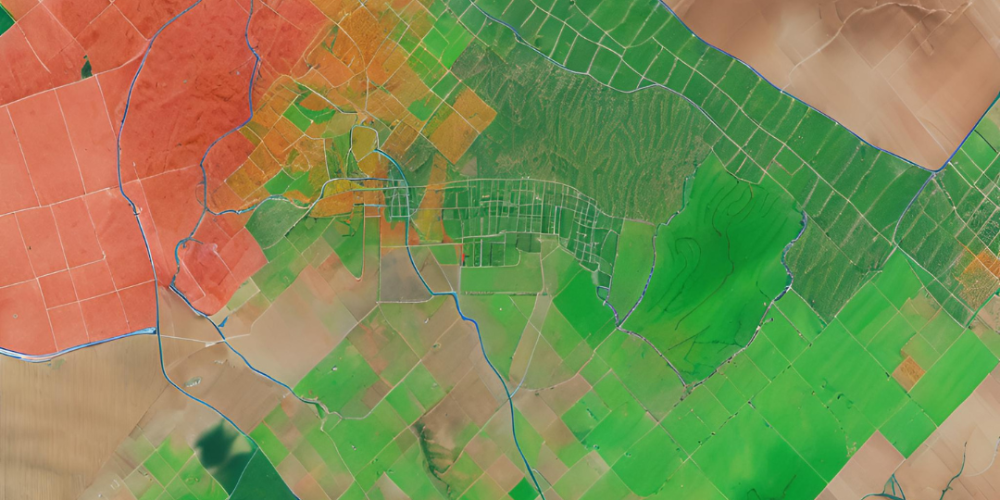
Weed Detection
Implement machine learning algorithms on remote sensing data to identify and map weed infestations for targeted weed management.
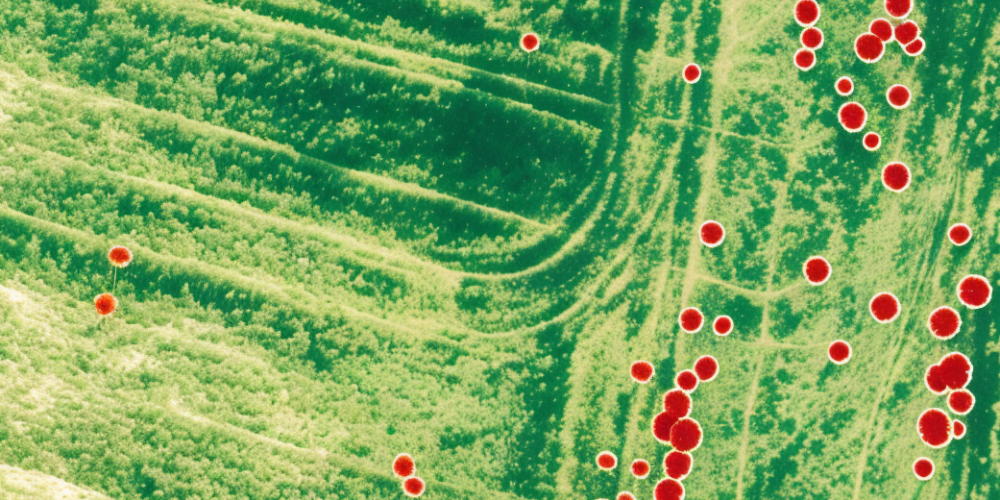
Crop Health Analysis
Apply remote sensing and machine learning to monitor crop health, detecting issues like nutrient deficiencies or disease.
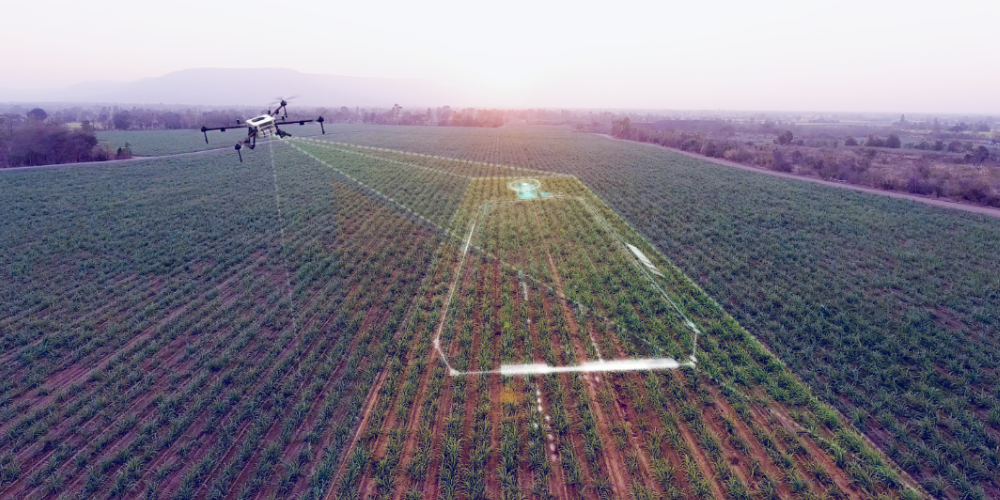
NDWI (Normalized Difference Water Index)
Utilize remote sensing to monitor soil moisture levels and inform precise irrigation scheduling.
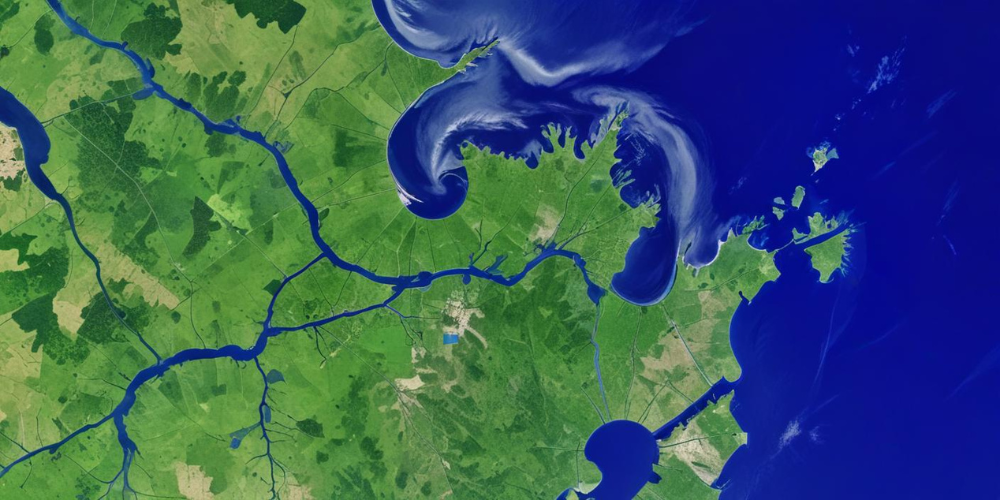
Crop Type Detection
Use remote sensing and machine learning to classify and map different crop types within a field.

Chlorophyll-a Concentration
Employ remote sensing to measure chlorophyll levels in crops, indicating their health and readiness for harvest.
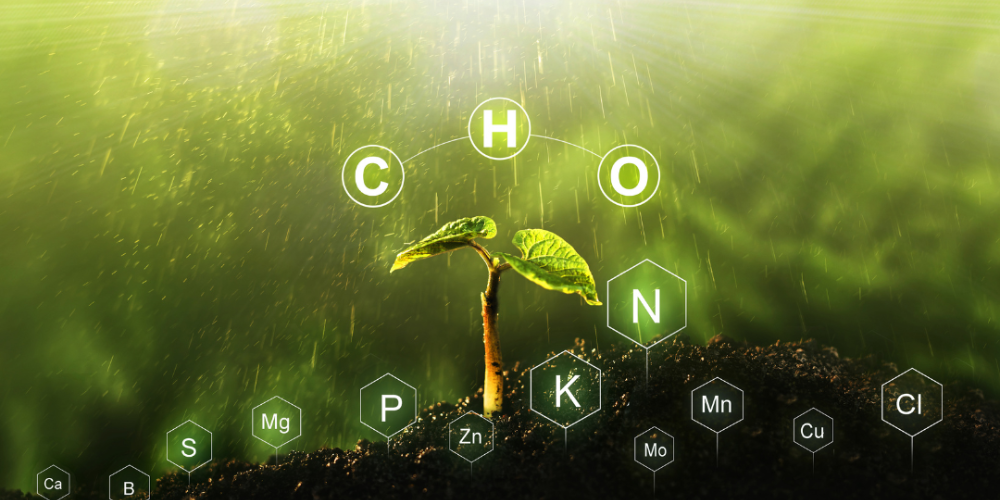
Crop Yield Estimation
Use machine learning models on remote sensing data to predict crop yields, aiding in harvest planning and market supply forecasts.
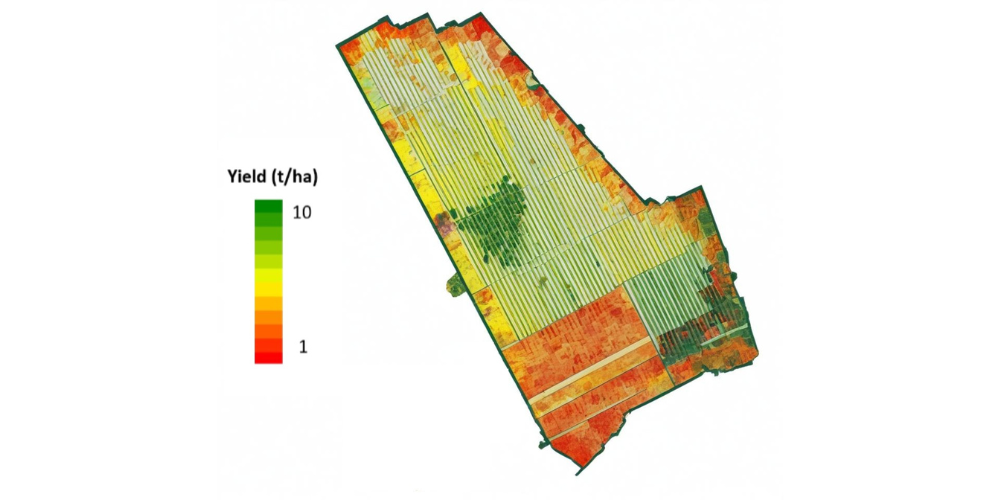
Preparation

Sowing

Manuring

Irrigation

Harvest

Farmers prepare the land by plowing, leveling, and incorporating organic matter to create optimal soil conditions for planting.
Seeds are carefully planted at the right depth and spacing to ensure proper germination and healthy crop growth.
Organic or inorganic fertilizers are applied to enrich the soil with essential nutrients, promoting robust plant development.
Crops are regularly watered using various irrigation methods to maintain adequate soil moisture for optimal growth.
Mature crops are harvested at the right time to ensure maximum yield and quality, using appropriate techniques and equipment.
Site Suitability Analysis
Use spatiosynth to evaluate and map suitable areas for agriculture based on factors such as soil
type, climate, and topography.

Soil Analysis
Employ remote sensing and machine learning to assess soil properties like moisture content,
nutrient levels, and texture for optimal crop selection.

Farm Boundary Detection
Use Spatiosynth to accurately delineate farm boundaries for efficient land management.

NDVI
Utilize remote sensing to monitor vegetation health and growth potential, aiding in precise
sowing strategies.

Weed Detection
Implement machine learning algorithms on remote sensing data to identify and map weed
infestations for targeted weed management.

Crop Health Analysis
Apply remote sensing and machine learning to monitor crop health, detecting issues like nutrient
deficiencies or disease.

NDWI (Normalized Difference Water Index)
Utilize remote sensing to monitor soil moisture levels and inform precise irrigation scheduling.

Crop Type Detection
Use remote sensing and machine learning to classify and map different crop types within a field.

Chlorophyll-a Concentration
Employ remote sensing to measure chlorophyll levels in crops, indicating their health and
readiness for harvest.

Crop Yield Estimation
Use machine learning models on remote sensing data to predict crop yields, aiding in harvest
planning and market supply forecasts.


Leverage geospatial analyses to enhance preparedness, response, and recovery efforts in the face of natural and man-made disasters.
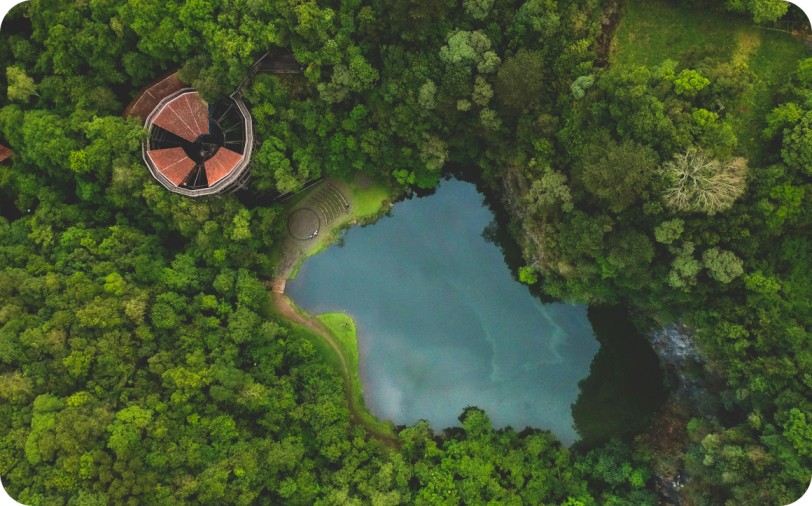
Harness geospatial data to monitor ecosystems, biodiversity hotspots, and environmental changes for effective conservation strategies.

Employ geospatial analyses to facilitate urban planning, infrastructure development, and resource allocation for sustainable and resilient cities.
Automated Geospatial Analytics
A Product Proudly Made in India 🇮🇳 By GISKernel